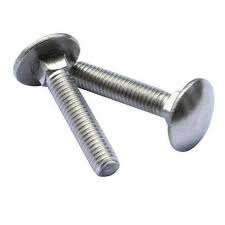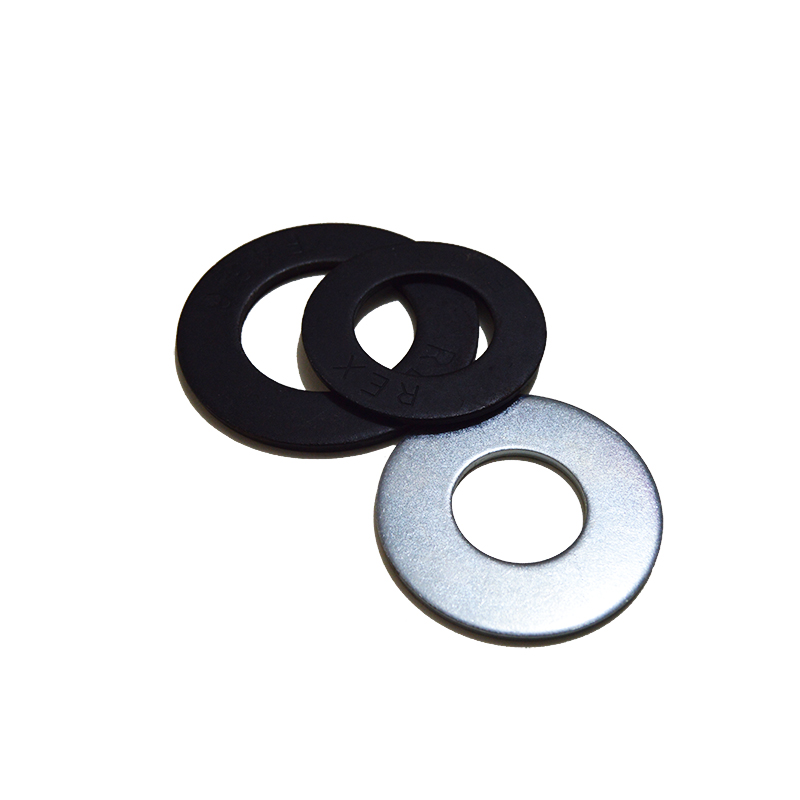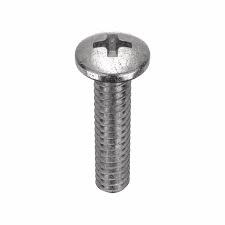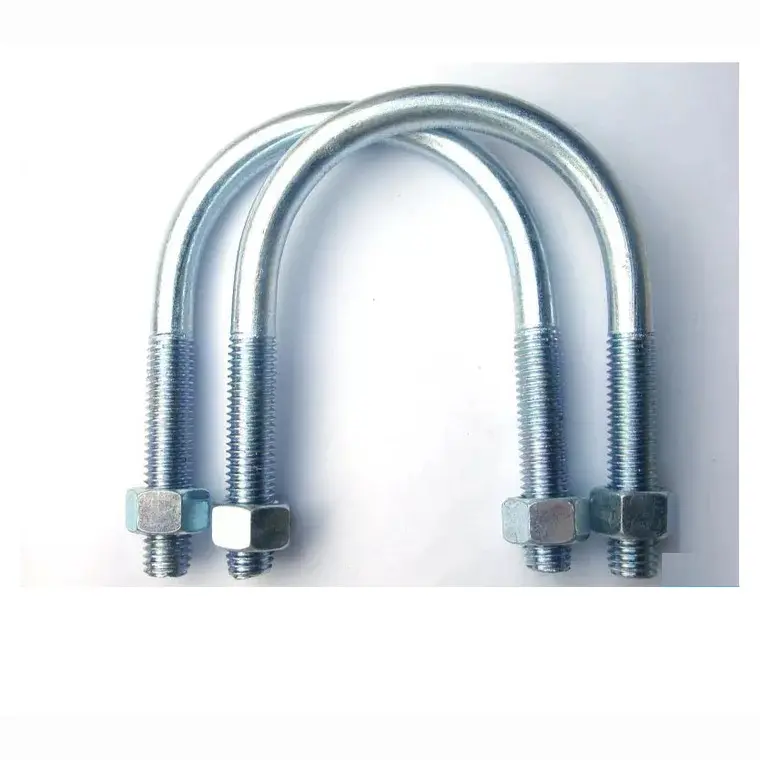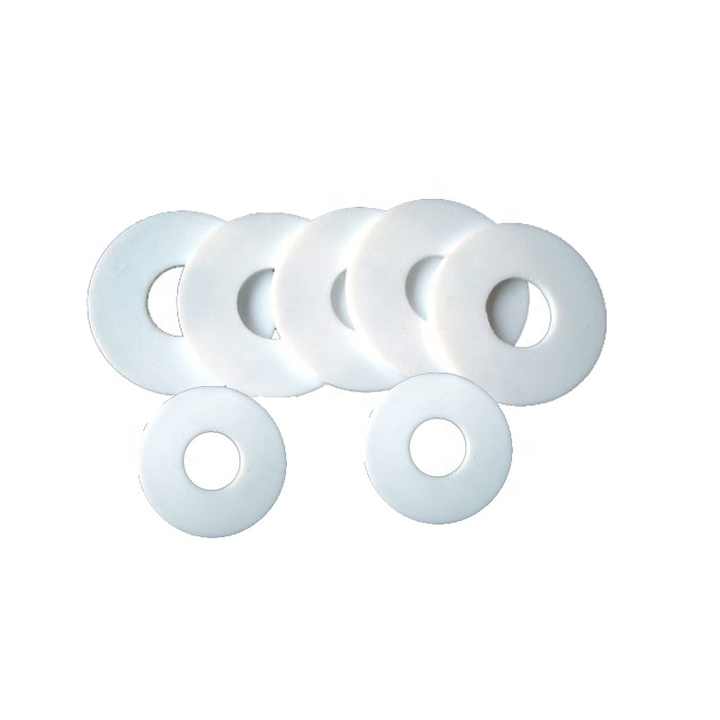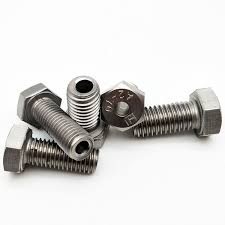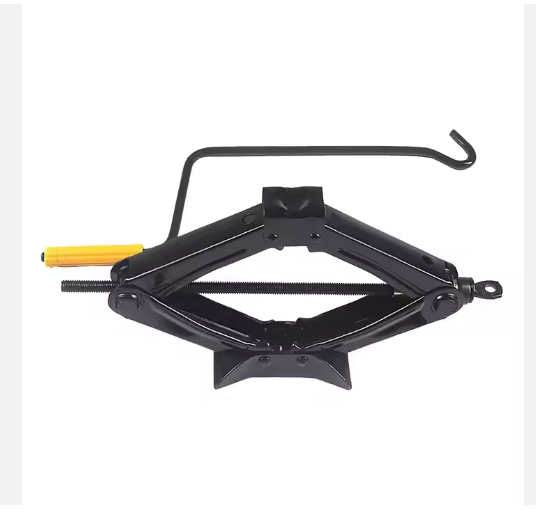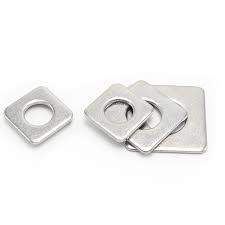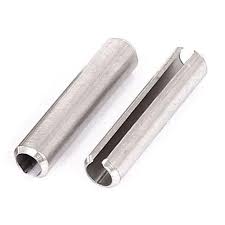

DIN 931 Bolt: A Comprehensive GuideThis guide provides a detailed overview of DIN 931 bolts, covering their specifications, applications, materials, and quality considerations. We'll explore their differences from other bolt types and offer practical advice for selecting the right DIN 931 bolt for your needs.
The DIN 931 standard defines a specific type of hexagon head bolt, widely used in various industrial applications. These bolts are known for their strength, reliability, and consistent dimensions. Understanding the intricacies of the DIN 931 bolt standard is crucial for engineers, manufacturers, and anyone working with fastening systems.
The defining characteristic of a DIN 931 bolt is its hexagon head. This design allows for efficient tightening and loosening using a wrench. The precise dimensions of the head ensure compatibility with standard tools and equipment. The consistent geometry contributes to a secure and reliable fastening.
DIN 931 bolts are typically manufactured from various materials, including carbon steel, stainless steel, and alloy steel. The choice of material depends heavily on the application's requirements. For instance, stainless steel DIN 931 bolts offer excellent corrosion resistance, making them suitable for outdoor or marine environments. Carbon steel DIN 931 bolts provide high strength at a lower cost, suitable for many general applications.
The thread profile of a DIN 931 bolt is crucial for its performance. The standard specifies the precise dimensions and pitch of the threads, ensuring a secure and consistent connection with the corresponding nut. This precise thread ensures a firm grip and prevents stripping.
DIN 931 bolts are available in a wide range of sizes, from small diameters suitable for delicate applications to larger diameters for heavy-duty use. The size is typically indicated by the nominal diameter and length of the bolt. Selecting the correct size is crucial for ensuring proper strength and fit.
The versatility of DIN 931 bolts makes them suitable for a broad range of applications across diverse industries. Their robust construction and reliable performance are highly valued. They find use in:
While DIN 931 bolts share similarities with other hexagon head bolts, key differences exist. Understanding these distinctions is essential for selecting the appropriate fastener for a specific application. A comparison table highlighting these differences would be beneficial.
| Feature | DIN 931 | Other Hexagon Head Bolts (e.g., ISO 4017) |
|---|---|---|
| Thread Profile | Metric Coarse | Can vary (Metric Coarse, Fine, etc.) |
| Head Design | Hexagon Head | Hexagon Head (but may have dimensional differences) |
| Tolerance | Defined by DIN standard | Defined by respective standard |
When sourcing DIN 931 bolts, ensure they conform to the DIN 931 standard. Look for certifications and reputable suppliers to guarantee quality and reliability. The use of substandard components can compromise the structural integrity of your project. For high-quality DIN 931 bolts, consider contacting Hebei Dewell Metal Products Co., LTD, a leading manufacturer of fasteners.
This comprehensive guide provides a solid foundation for understanding DIN 931 bolts. Remember to always consult the relevant standards and specifications when selecting and using these fasteners. Proper selection and installation practices are key to ensuring the success of your project.

